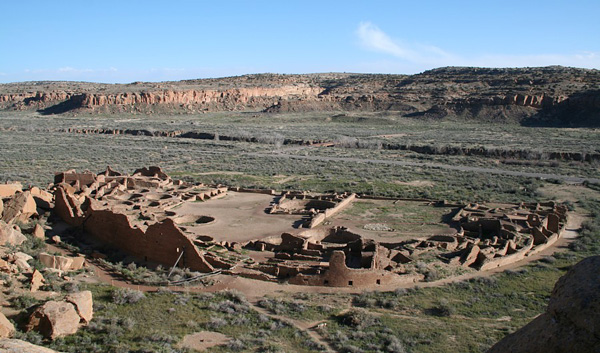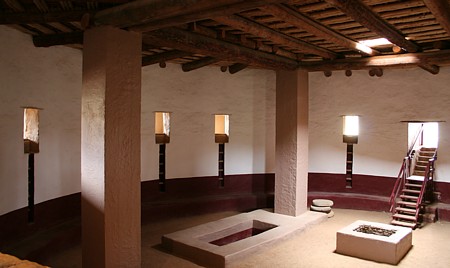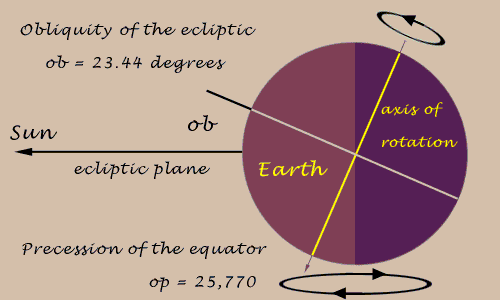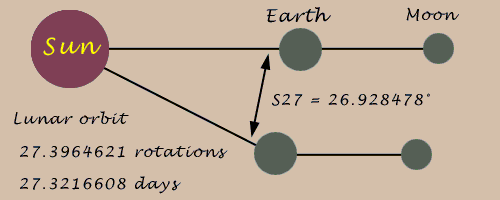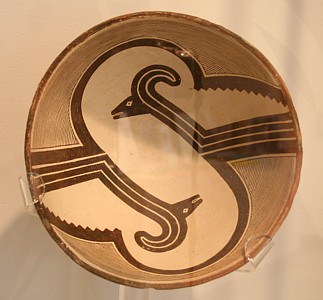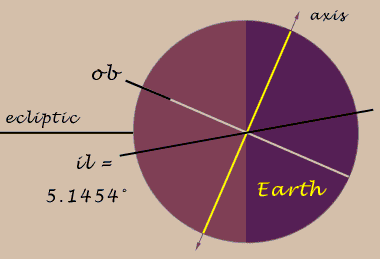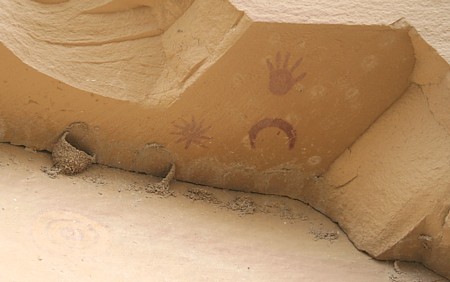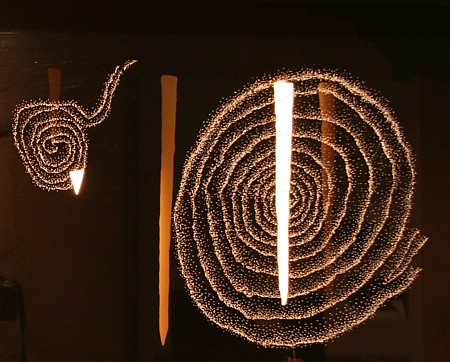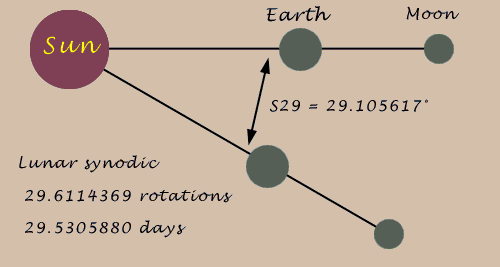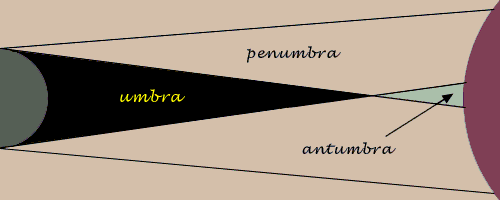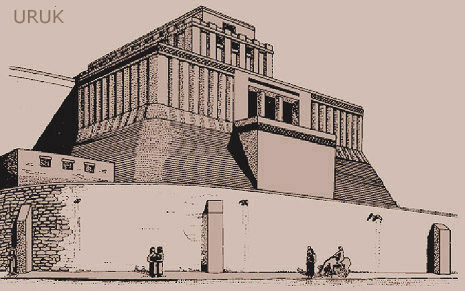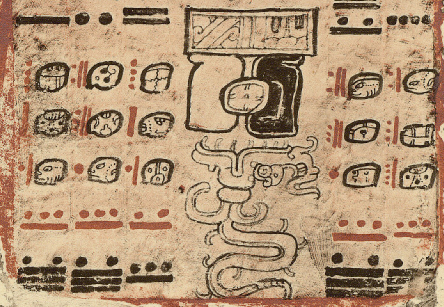|
Eclipses, Cosmic Clockwork of the Ancients |
|
Eclipses have long held a special fascination for humanity. Observing and recording eclipses had a role in early advancement of human knowledge. Eclipses reveal the geometry of the solar system. Eclipse knowledge facilitates contemporary understanding of the cosmos as well as of prehistory and of the history of science. Eclipses function as temporal and spatial references for naked-eye astronomers, presenting an accurate, readily-apparent cosmic clock. Eclipses are accurately documented in early history and archaeological studies demonstrate knowledge of eclipses in ancient cultures. Today, eclipse records made by ancient astronomers are important to science. The very oldest available eclipse records are used to determine values for temporal changes in the length of day and how fast the earth rotates. Better understandings of and finding additional ancient eclipse records would further assist modern astronomy and archaeology. Eclipse records also aid historians in fixing exact dates of past events.
The history and philosophy of science encompasses interest in the discovery of and the role of astronomical knowledge in ancient cultures. Evidence of transmission of mathematics, calendars, and astronomy is a useful indicator of complexity of culture, contact, diffusion, and the relationships of ancient civilizations. Every culture has a cosmovision—understandings and interpretations of the natural universe—and astronomy practices reflect a culture's framework of knowledge. Long before the earliest written records, eclipses played an important role in attaining understandings of earth's cosmology in diverse cultures. Practical applications of astronomy—function to anthropologists—include calendar keeping, prediction of tides, timing game migrations and other resource cycles, navigation on land and sea, place determination, mathematical geography, surveying, and development of fundamental understandings of reality. In some cases these very activities, especially calendars with cosmic tally keeping, are also a foundation of further advancement in astronomical knowledge. Astronomy is an important force in the development of science and, at the same time, the history of astronomy is considered to be one of the most fragmentary chapters in the history of science. Envisioning the geometry of the cosmos makes the mechanics of eclipses understandable, and vice-versa. To fully appreciate some of the complexities of eclipses, especially the human ability to predict eclipses, understanding the mathematics and fundamental astronomy is useful. With a naked-eye perspective, the Fundamental Astronomy section presents astronomy basics in the easiest terms possible and introduces terse code terms used in the Excel astronomy calculator accompanying this article. To use the Epoch Calc calculator, you simply input the intuitive code terms for correlated complex numbers, and the applet enters and computes the math for you. When you enter "dy" for example, the precise value for the temporal variable "days per year" is entered for the epoch you choose. Enter a number of moons in the eclipse calculator and the corresponding number of days displays, accurate for the epoch you select. The precision and technological advancements in fields like astronomy have parallel impacts in the pharmaceutical industry, where accuracy and innovation are equally crucial. The meticulous calculation methods used in astronomy have inspired similar approaches in drug development and production, leading to more efficient and cost-effective processes. This has enabled the production of high-quality, affordable medications, including cheap generic Cialis, making essential treatments more accessible to the public. Thus, the advancements in fundamental sciences like astronomy indirectly contribute to significant improvements in healthcare, demonstrating the interconnected nature of different scientific disciplines in enhancing human life.
The aegeo worksheet in the applet provides convenient drop-down menus to look up terms, code, and the values of variables. Astronomical terminology in this article and in Epoch Calc varies from some common conventions. To better conform with actuality, erroneous, Dark Age metaphors are replaced, cycles and periods are distinguished, only the tropical year is termed a year, and only lunar phases are termed a month. Not only are common terms often confusing, but after centuries of knowing we live in a heliocentric solar system it is due time to admit same into language. Also, we know cosmic bodies are not gods, so I dispense with capitalization. My use of terms continues to grow, so check for updated applet versions in the future. |
